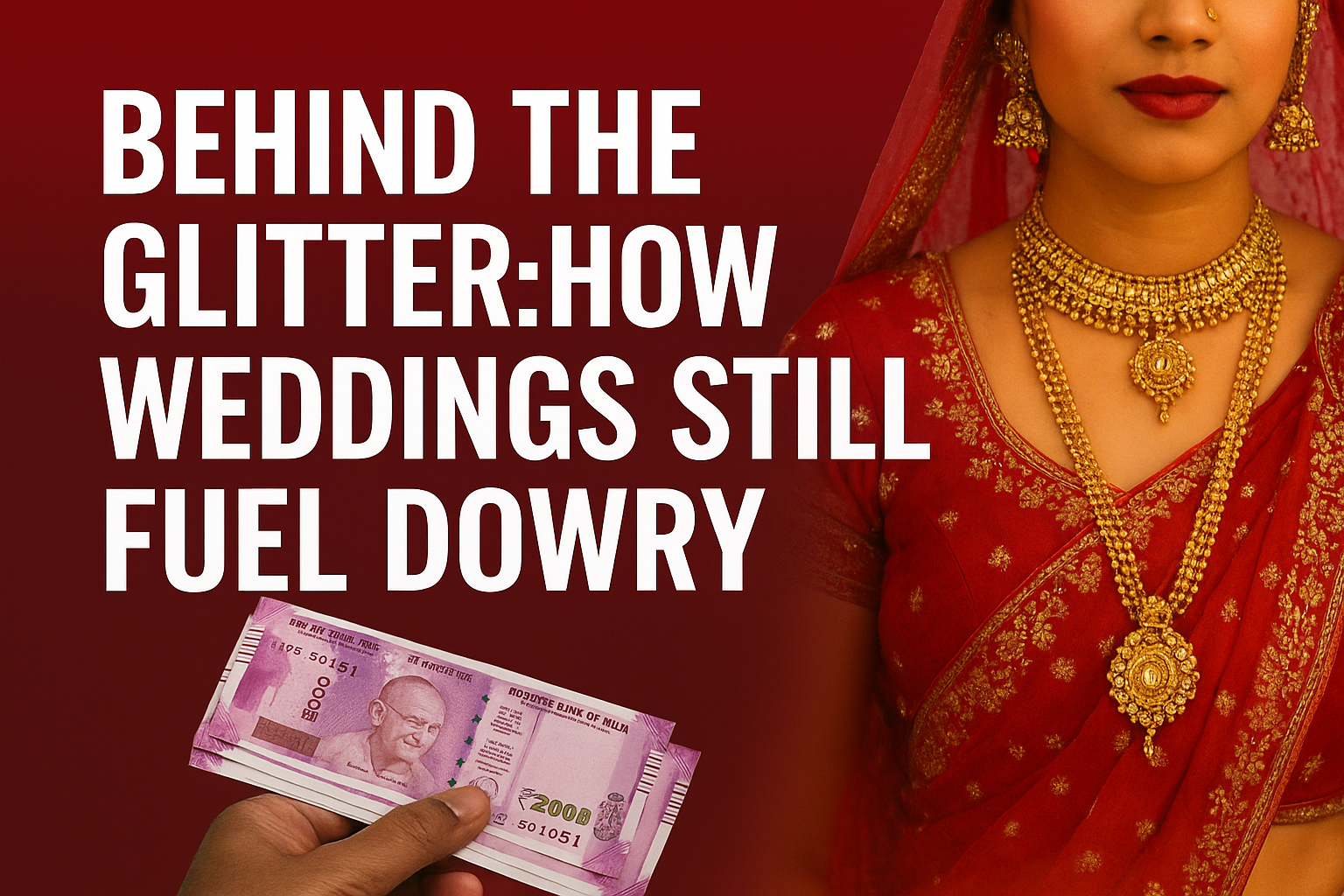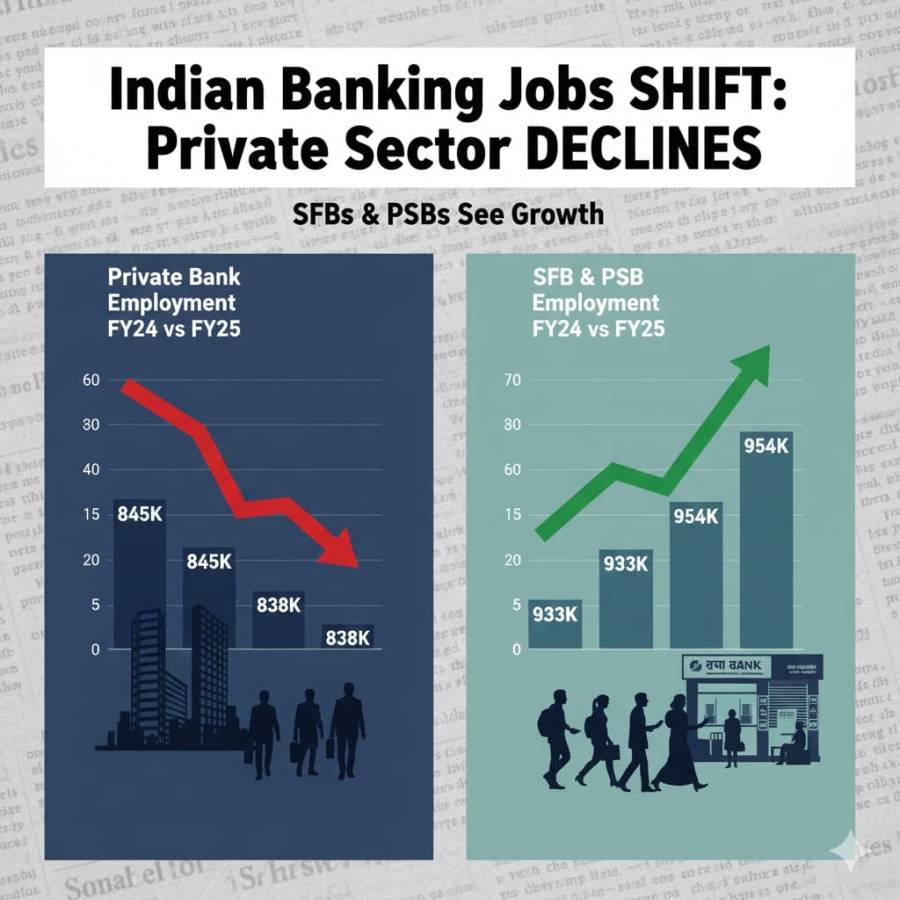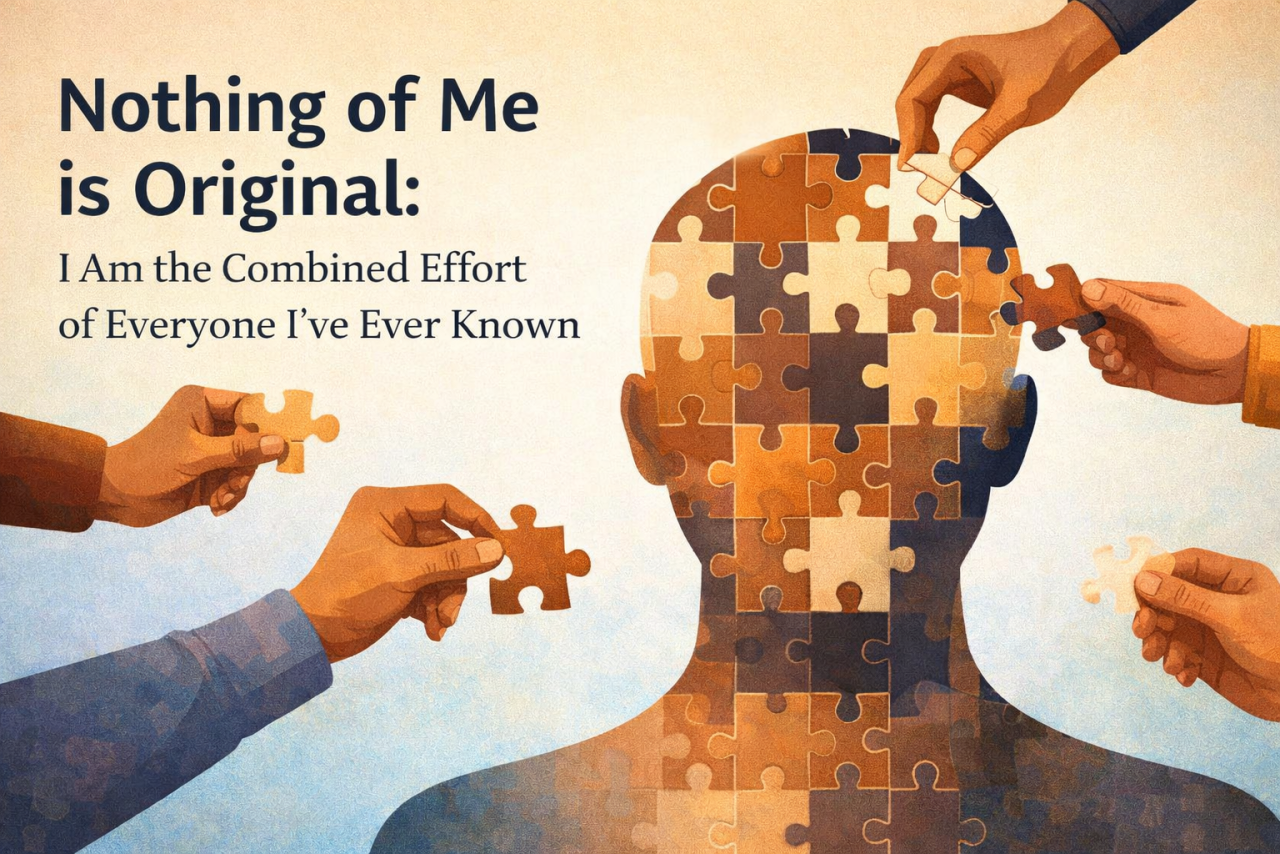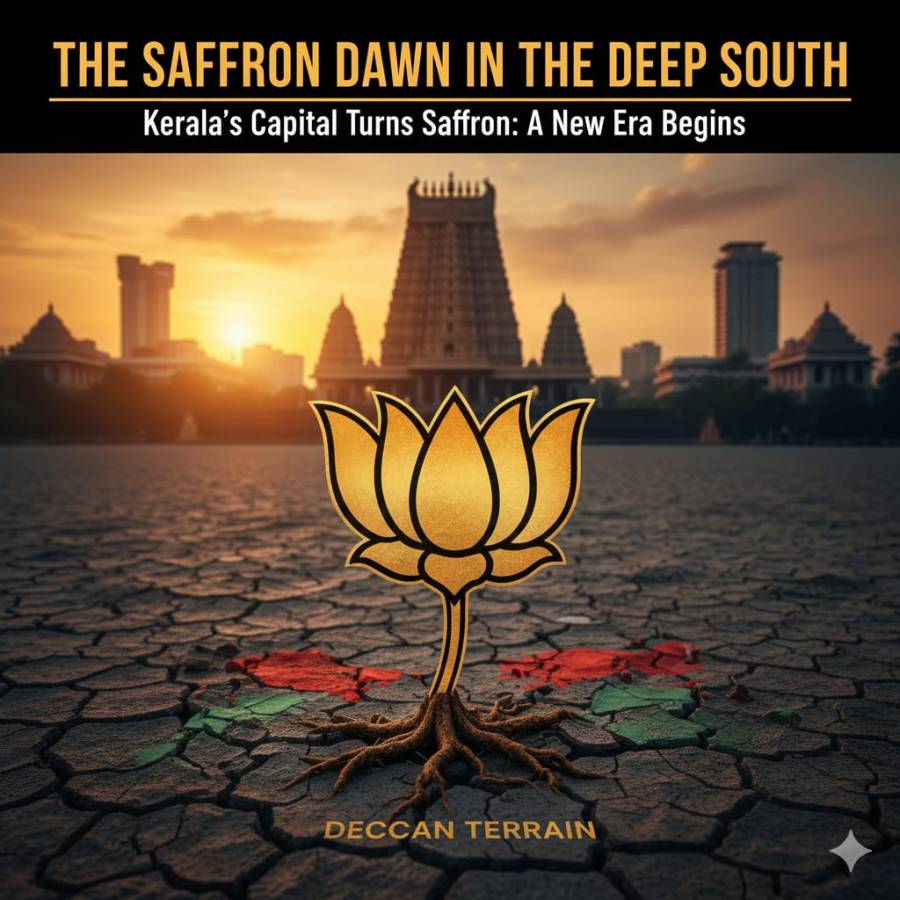
India is known for its grand weddings, often called the “Great Indian Wedding.” These celebrations are filled with color, music, food, and endless displays of wealth. The wedding industry has grown so large that its value is estimated at more than 30 billion dollars, making it the second-largest industry in the country after agriculture. It provides jobs to millions of people, from caterers and decorators to photographers and designers. Yet beneath this glittering surface lies a troubling truth: the culture of weddings continues to fuel the practice of dowry.
Research shows that an average Indian family spends about three times its annual income on a wedding. This single event often costs as much as the money needed to educate a child for 18 years. Families spend recklessly to live up to social expectations, borrowing money, selling assets, and exhausting savings to organize what is seen as the perfect wedding. In doing so, they unknowingly keep alive a tradition that treats marriage as a financial transaction.
Dowry is not always asked for directly today, but it has taken new forms. The cost of designer lehengas, gold jewelry, luxury banquets, and lavish decorations often falls on the bride’s family. What looks like spending on beauty and status is in fact the modern face of dowry. It continues to place financial pressure on families, especially those from weaker economic backgrounds, and strengthens the idea that daughters are a burden.
This cycle has damaging effects. Parents feel trapped by the need to meet demands, and when they cannot, marriages often turn abusive. Women are made to suffer humiliation and even violence when families fail to provide enough wealth or gifts. Strict anti-dowry laws exist in India, but social pressure and the growth of the wedding market keep the system alive in disguised forms.
Another aspect that adds to the problem is the way weddings have become public performances. Social media is filled with curated wedding videos, photoshoots, and “dream” wedding packages. Families spend huge amounts to stage events that will look glamorous online. The focus shifts from the union of two individuals to a display of status and power. Rich families can afford this show, while poorer ones struggle to imitate it, often at great cost to their future security.
The wedding market thrives on this competition. Event planners, designers, jewelers, and photographers package their services in ways that make luxury appear necessary. Parents and couples, fearing judgment from society, agree to these expenses. This is why the dowry system is not fading away, but only changing shape. What was once openly demanded as cash or goods is now presented as part of the wedding package.
However, all hope is not lost. Many young couples are beginning to resist these pressures. Some choose simpler ceremonies, sharing costs equally, and focusing on meaningful rituals instead of extravagance. Community weddings and smaller gatherings are slowly becoming alternatives in certain circles. These choices show that it is possible to celebrate without falling into debt or supporting unfair traditions.
At its heart, dowry is not just about money or gifts. It is about a mindset that measures a woman’s worth through wealth. As long as weddings remain a stage to show off riches, this mindset will not go away. To change this, society must value women as individuals, not as liabilities. Families must learn that true respect does not come from gold ornaments or luxury halls, but from equality and dignity.
The Great Indian Wedding is unlikely to lose its sparkle, but it must lose its ties to dowry. Celebrations should bring joy, not debt and humiliation. If families and communities begin to reject the culture of excess, weddings can once again become occasions of love and unity. Until then, every grand celebration hides a shadow that reminds us of the cost women and their families continue to pay





















